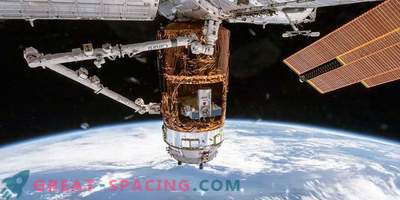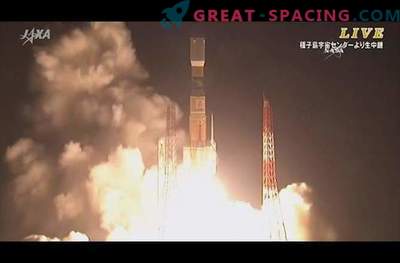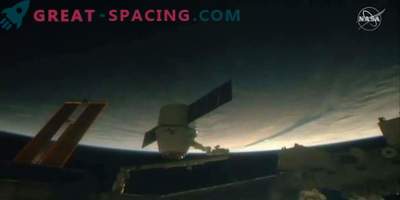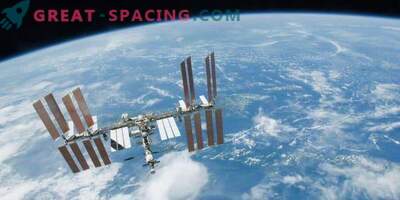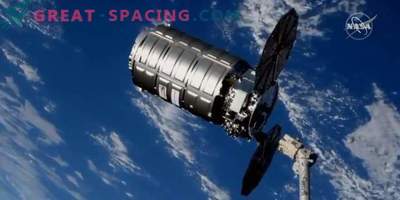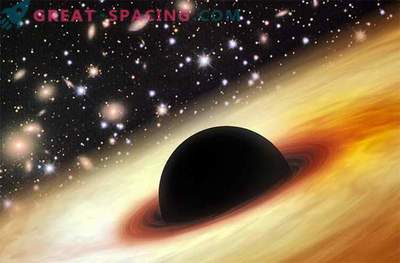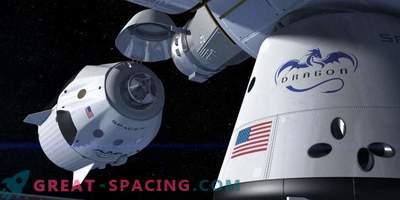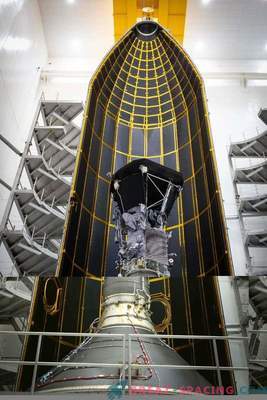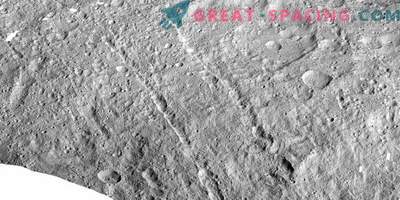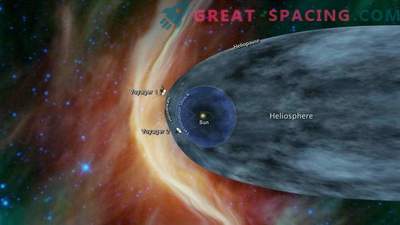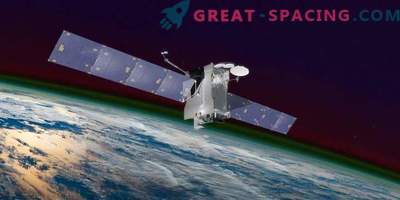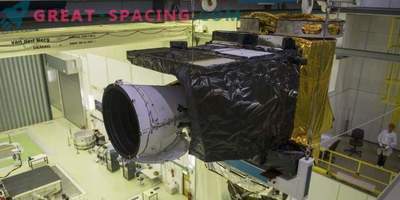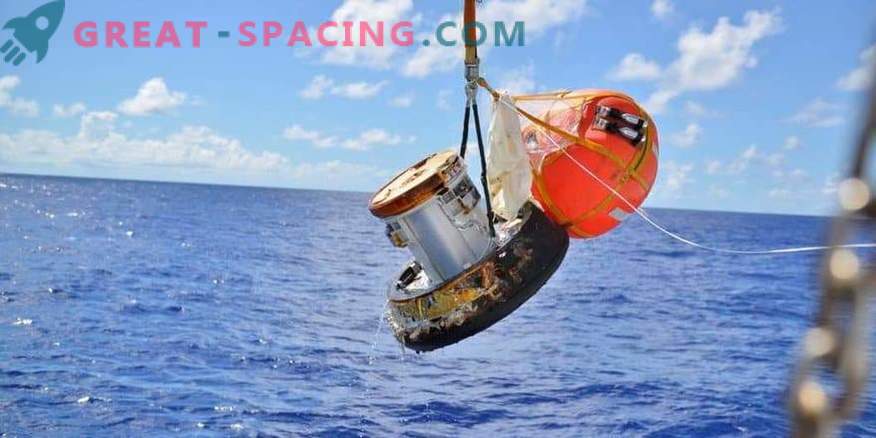
The small HTV re-entry capsule was pulled out of the water after it returned to Earth on November 10, 2018.
Launched from the ISS last week, the Japanese spacecraft dropped a small capsule with scientific experiments that went through a fiery fall in the earth’s atmosphere and landed in the Pacific Ocean.
The HTV-7 spacecraft spent 41 days on the ISS. Expedition 57 team used Canadarm2 station robotic arm to detach the spacecraft on November 7th. On board was a small HTV capsule (HSRC) - a small cone-shaped capsule, which should be the first Japanese spacecraft to deliver experiments from the space station to Earth.
After firing, the HTV-7 entered the earth's atmosphere on 10 November. The small capsule separated from the ship and began its own descent. A parachute was used for landing. The capsule was taken from the south coast of the island of Minamitori in the north-western part of the Pacific Ocean.
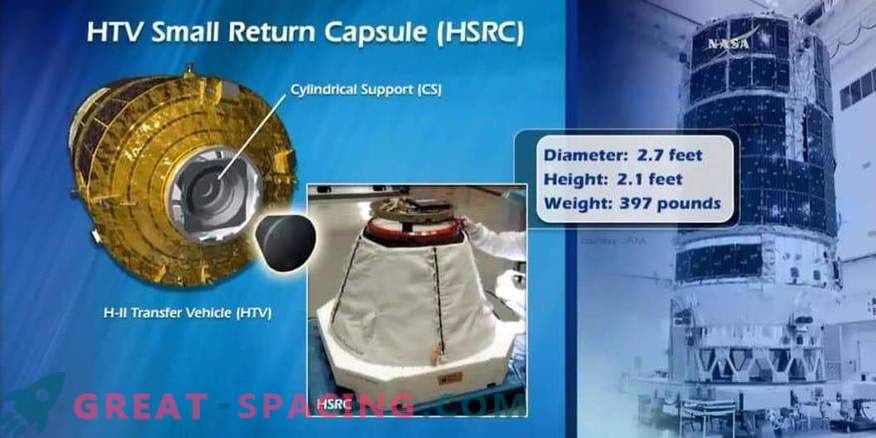
In the diagram, NASA noted the location and size of the Japanese HSRC capsule on the cargo spacecraft HTV-7. The small capsule successfully returned the experimental samples to Earth November 10, 2018 Inside the capsule were protein crystals grown on the orbital space station. The crystals that appeared in the conditions of microgravity can be used for a more detailed study of the structure of proteins than is available on Earth. Understanding these structures will help scientists develop new pharmaceutical products.
During the mission period (the first test flight of the HSRC), the capsule demonstrated its own flight capabilities, as well as the ability to protect the internal payload from extreme re-entry temperatures. Now JAXA (the Japanese space agency) can use a capsule to return scientific experiments to Earth using Japanese spacecraft, bypassing SpaceX's DragonX services (previously it was the only ship to re-enter). The next mission for the delivery of cargo to the ISS is scheduled for mid-2019.
